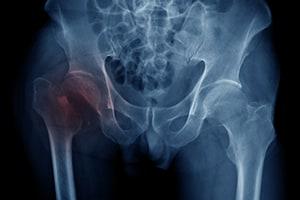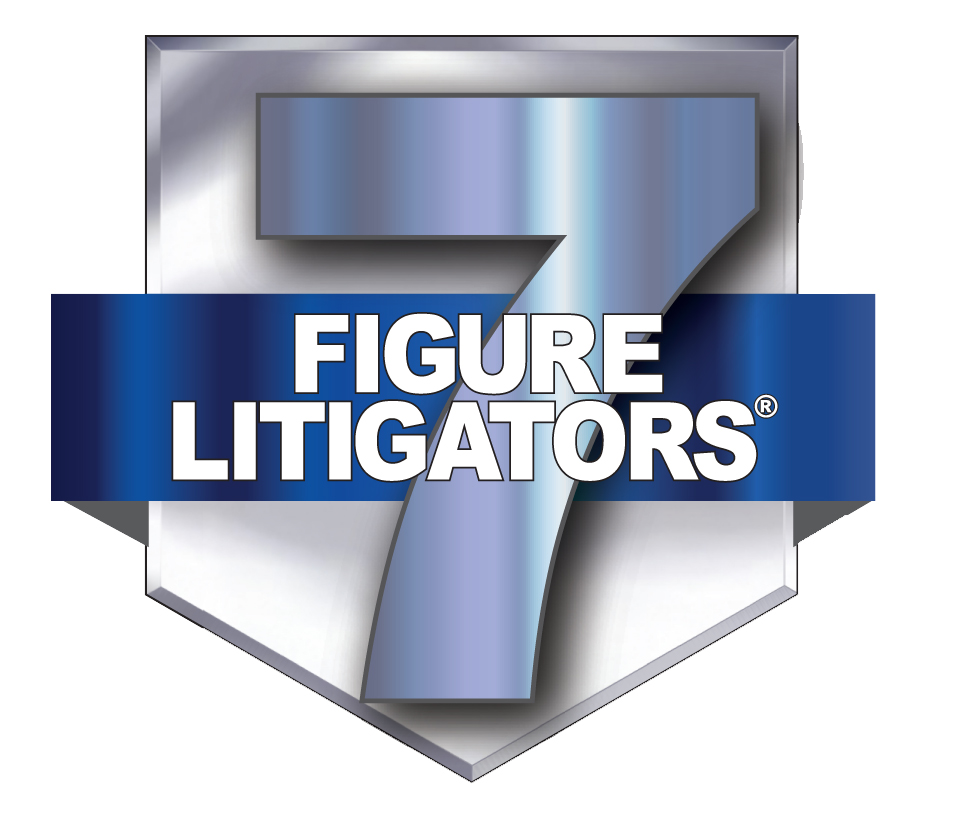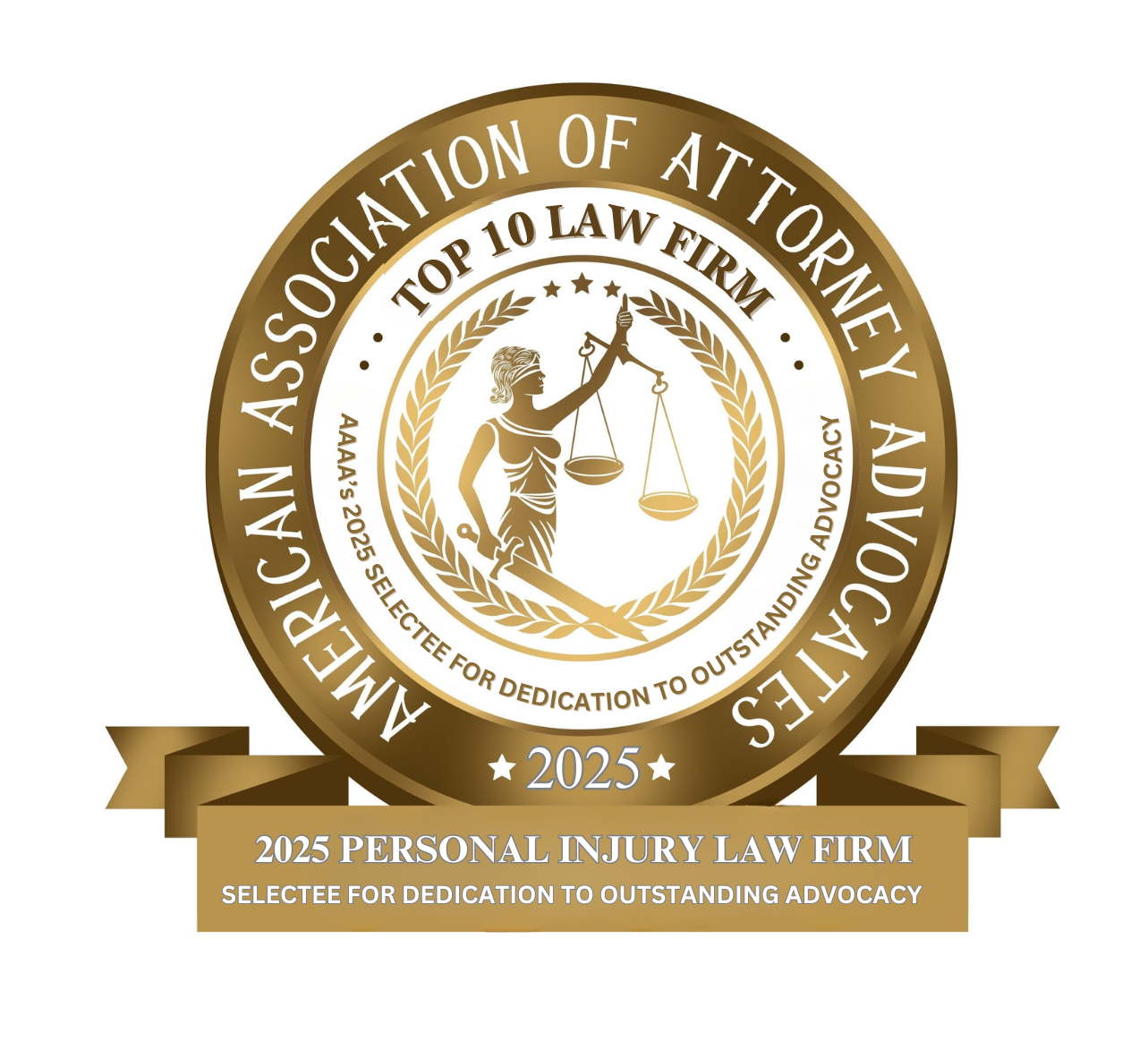Hip Fractures in Illinois Nursing Homes
Award-Winning Attorneys for Residents Who Break a Hip at a Nursing Home

Hip fractures are one of the most serious injuries older adults can suffer, and when they happen inside a nursing home, they raise urgent medical, ethical, and legal questions. A broken hip often starts a cascade of complications: surgery, long hospital stays, loss of mobility, higher dependency, and an elevated risk of death that can permanently change a resident’s quality of life.
When a nursing home resident suffers a broken hip, it’s rarely “just an accident.” At John J. Malm & Associates, our Illinois nursing home neglect attorneys understand how often these devastating injuries are the result of poor supervision, understaffing, or ignored safety standards. We have over 90 years of combined experience representing families across Illinois in cases of nursing home neglect and abuse, securing justice for residents who could not speak for themselves. Our mission is simple: to shine a light on negligent care and demand accountability from the institutions entrusted with our loved ones’ safety.
“Hip fractures in nursing homes are often more than an accident, they can be a sign that a system failed a vulnerable person,” says Illinois nursing home abuse lawyer, John J. Malm. “Families deserve full answers, and nursing homes must be held accountable when preventable mistakes cause life-altering injuries.”
Why Hip Fractures Matter in Nursing Homes
Hip fractures are not merely painful injuries; they are a marker for serious decline. Older adults who suffer a hip fracture frequently need surgery and prolonged rehabilitation; many never regain prior independence. Studies show that hundreds of thousands of older adults are hospitalized each year with hip fractures, and a substantial share of those patients require post-acute care in skilled nursing facilities. One comprehensive review estimates that more than 300,000 older adults in the U.S. are hospitalized for hip fractures annually, and over 90% of these patients require some form of post-acute care.
How Often Do Hip Fractures Occur in Nursing Homes?
Nursing home residents face a markedly higher risk of hip fracture than community-dwelling older adults. Epidemiologic studies of long-stay nursing home populations report incidence rates measured in fractures per 100 person-years. A frequently cited U.S. study found an overall hip fracture incidence of approximately 2.3 per 100 person-years among long-stay residents. That risk rises with age and frailty and remains a persistent problem for nursing facilities nationwide.
The Most Common Causes of Hip Fractures in Nursing Homes
Most hip fractures among older adults, including those in nursing homes and long-term care facilities, are the direct result of falls. Estimates suggest that well over 90% of hip fractures occur when an older person falls. In nursing homes, common causes include:
- Loss of balance or gait instability due to muscle weakness, medication side effects, or untreated medical conditions.
- Unsafe transfers (e.g., from bed to chair) performed without proper assistance or assistive devices.
- Inadequate supervision of residents at high fall risk, especially during night shifts or staffing shortages.
- Environmental hazards: wet floors, poor lighting, cluttered walkways, uneven flooring, unsecured rugs, and missing grab bars.
- Improper or absent fall-prevention planning (no individualized care plan, lack of hip protectors if indicated, or failure to monitor orthostatic hypotension).
Because falls are the proximate event for most hip fractures, many cases that lead to broken hips in nursing homes can be traced to preventable failures in risk assessment, staffing, training, or facility maintenance.
Why Some Nursing Home Hip Fractures Signal Neglect or Abuse
Not every fall or broken hip in a nursing home constitutes neglect or abuse. Aging and frailty mean that residents will fall even in well-run facilities. The question from a legal and quality-of-care perspective is whether reasonable steps were taken to prevent predictable injuries and to respond appropriately when the fall occurred. Red flags that may indicate negligence include:
- The resident had a documented, known high fall risk, and the care plan did not include appropriate interventions (frequent rounding, bed alarms, one-to-one assistance, or hip protectors).
- Staff failed to assist during transfers or left the resident unattended when assistance was required.
- Repeated falls without corrective action or revision of the care plan.
- Staffing shortages, frequent use of short-staffed shifts, or evidence that inexperienced staff performed transfers without supervision.
- Delay in assessing the resident after a fall, or delay in seeking medical care for pain, immobility, or wound concerns.
- Poor documentation or striking inconsistencies between witness statements and facility records.
If one or more of these failures contributed to the fall or delayed treatment for a hip fracture, the injury may be legally actionable as neglect.
Medical Consequences of Nursing Home Hip Fractures
Hip fractures carry both immediate and long-term medical consequences. Immediate concerns include pain control, the need for surgical repair, and risks associated with anesthesia and hospitalization. Long-term, hip fractures frequently precipitate loss of independence: many patients require skilled nursing or long-term care after the event. Mortality after hip fracture remains significant. Studies report one-year mortality estimates ranging broadly but commonly cited in the high teens to around 30% in certain cohorts, with elevated risk among the oldest and frailest patients. Those figures underscore how catastrophic a single fall and hip fracture can be for an already vulnerable resident.
What Evidence Matters in a Legal Case Against a Nursing Home
If a broken hip may have been caused or worsened by neglect, these pieces of evidence are essential to investigate and preserve:
- Medical records from before and after the fall (care plans, physician and nurse notes, medication lists, mobility assessments).
- Incident/accident reports generated by the nursing home, and any internal investigation results.
- Staffing records and shift assignments for the date and time of the fall (to show staffing levels and who was assigned).
- Video surveillance or door-cam footage (if available).
- Photographs of the scene (lighting, floor condition, rugs, furniture placement), and photos of the injury.
- Witness statements from staff, other residents, or visitors.
- EMS and hospital records that document timing and clinical condition on arrival.
- Evidence of failure to implement known fall-prevention measures (e.g., no hip protector despite history of falls).
A prompt, thorough preservation and collection of these records greatly improves the ability to assess liability and build a claim.
Nursing Home Reporting, Oversight, and Common Regulatory Failures
Nursing homes are federally and state-regulated and must follow rules designed to protect residents. Facilities are required to assess fall risk, develop care plans, and report certain adverse events. Yet regulatory oversight and reporting can be imperfect: audits and inspections sometimes uncover missing reports, incomplete documentation, or failure to follow care plans. Families should know that regulatory findings and inspection reports can be powerful support for a legal claim and may also reveal a pattern of systemic problems. Recent oversight reports have raised concerns that a substantial portion of serious falls and injuries may go unreported in resident assessments, emphasizing the need for independent review when a serious injury like a hip fracture occurs.
What Good Nursing Homes Do To Prevent Hip Fractures
High-quality nursing homes use a combination of clinical assessment, environmental modification, staffing practices, and resident-centered planning to reduce hip fracture risk. Best practices include:
- Comprehensive fall-risk assessments upon admission and after any change in condition.
- Individualized care plans that include mobility supports, scheduled toileting, assistive devices, and hip protectors when indicated.
- Regular medication reviews to identify drugs that increase fall risk (sedatives, some blood pressure meds).
- Adequate staffing and staff training in safe transfer techniques and fall response.
- Environmental safety audits (lighting, floor surfaces, clutter control) and quick correction of hazards.
- Timely post-fall evaluations and communication with family about incidents and corrective measures.
Steps Families Should Take If a Nursing Home Resident Breaks a Hip
If your loved one suffers a hip fracture in a nursing home, take these practical steps:
- Ensure immediate medical care: call 911 or insist on prompt medical evaluation if the facility delays.
- Document everything: get copies of incident reports, medical orders, and any internal investigation notes.
- Take photographs of the scene and the resident’s injuries if possible.
- Request staffing records and the resident’s care plan and recent evaluations.
- Keep a contemporaneous log of conversations with staff, including dates, times, and names.
- Do not sign any broad liability releases or accept a settlement without consulting an attorney.
- Contact an experienced Illinois nursing home injury lawyer to evaluate whether neglect or abuse played a role.
Acting quickly helps preserve evidence that may be lost or altered over time and protects the resident’s legal rights.
Damages You Can Seek in a Nursing Home Hip Fracture Claim
Compensation in a negligence claim can include:
- Past and future medical expenses (hospital, surgery, rehabilitation, durable medical equipment).
- Costs of post-acute care, long-term nursing home stays, or assisted living if needed.
- Pain and suffering caused by the fracture and recovery.
- Lost income (less common in nursing home residents but possible if the resident worked or provided unpaid household services).
- Loss of independence, diminished quality of life, and loss of consortium for family members.
A qualified Illinois nursing home abuse attorney can estimate both immediate and long-term damages and work with medical and economic experts to document future care needs.
Frequently Asked Questions about Nursing Home Hip Fractures
Q: Does every hip fracture in a nursing home mean the facility was negligent?
A: No. Older adults fracture hips for many reasons, including frailty and medical conditions. Negligence exists when the facility fails to take reasonable steps to prevent a foreseeable fall or delays/neglects necessary treatment after a fall.
Q: Will the nursing home automatically tell us everything about the fall?
A: Not always. Facilities may under-report or minimize incidents. Families should request full records and consider an independent legal review if they suspect incomplete disclosure.
Q: Can facilities be sued for systemic problems, like understaffing?
A: Yes. Patterns of inadequate staffing, training failures, or poor policies that foreseeably cause harm can form the basis of a negligence claim and may also attract regulatory penalties.
Q: What if the resident was partly at fault for a fall?
A: Comparative fault rules differ by state. In many states, an injured party’s compensation can be reduced if they were partially responsible; however, the facility may still be liable for its share of negligence.
Building a Legal Case
Proving neglect in hip fracture cases can be challenging: medical complexity, incomplete records, and differing witness accounts all make litigation intricate. Skilled attorneys address these challenges by:
- Quickly preserving evidence (medical records, incident reports, surveillance footage).
- Consulting appropriate experts (orthopedic surgeons, geriatricians, nursing home care experts, and life-care planners).
- Demonstrating deviations from accepted standards of care (care plan failures, staffing deficiencies, or ignored physician orders).
- Using regulatory findings, inspection reports, and prior deficiency citations to show a pattern or propensity for neglect.
A well-prepared legal team helps families navigate medical records, understands how to quantify long-term care needs, and can negotiate with insurers or proceed to trial if necessary.
How John J. Malm & Associates Handles Nursing Home Hip Fracture Cases
At John J. Malm & Associates, our approach is to move quickly to secure evidence, work with medical experts to reconstruct the timeline and identify failures, and keep families informed every step of the way. We review care plans, staffing logs, incident reports, and medical records; we seek out witnesses and request any available video; and we consult medical specialists to explain both the cause of the fracture and the resident’s prognosis. We help families pursue compensation for medical costs, rehabilitation, long-term care, pain and suffering, and other losses that come from a broken hip.
Contact the Compassionate Illinois Nursing Home Negligence Lawyers at John J. Malm & Associates
A hip fracture in a nursing home can upend a resident’s life and place families in the stressful position of demanding answers. If your loved one has suffered a broken hip in a nursing facility, don’t accept vague explanations or delayed action. Preserving evidence early and getting an experienced Illinois nursing home injury attorney involved quickly can make the difference between a strong recovery and a missed opportunity to hold a facility accountable. We evaluate these cases thoroughly, work with medical and economic experts, and fight to secure compensation that addresses both immediate medical needs and long-term care.
If you suspect neglect or abuse contributed to a broken hip at a nursing home, contact our office for a free, no-obligation consultation. We will review the facts, help you preserve crucial evidence, explain your legal options, and, if appropriate, pursue the compensation your loved one deserves.















